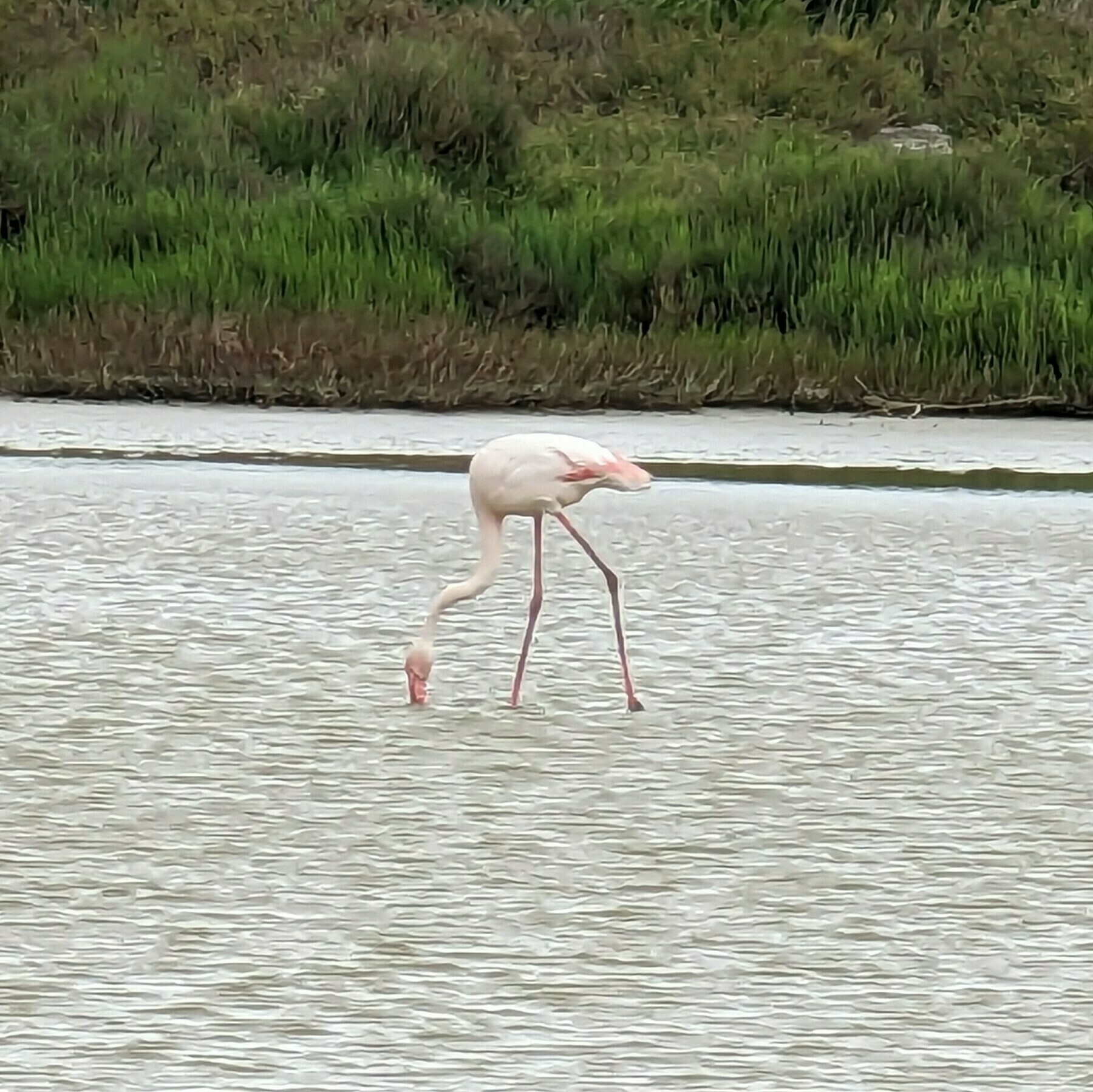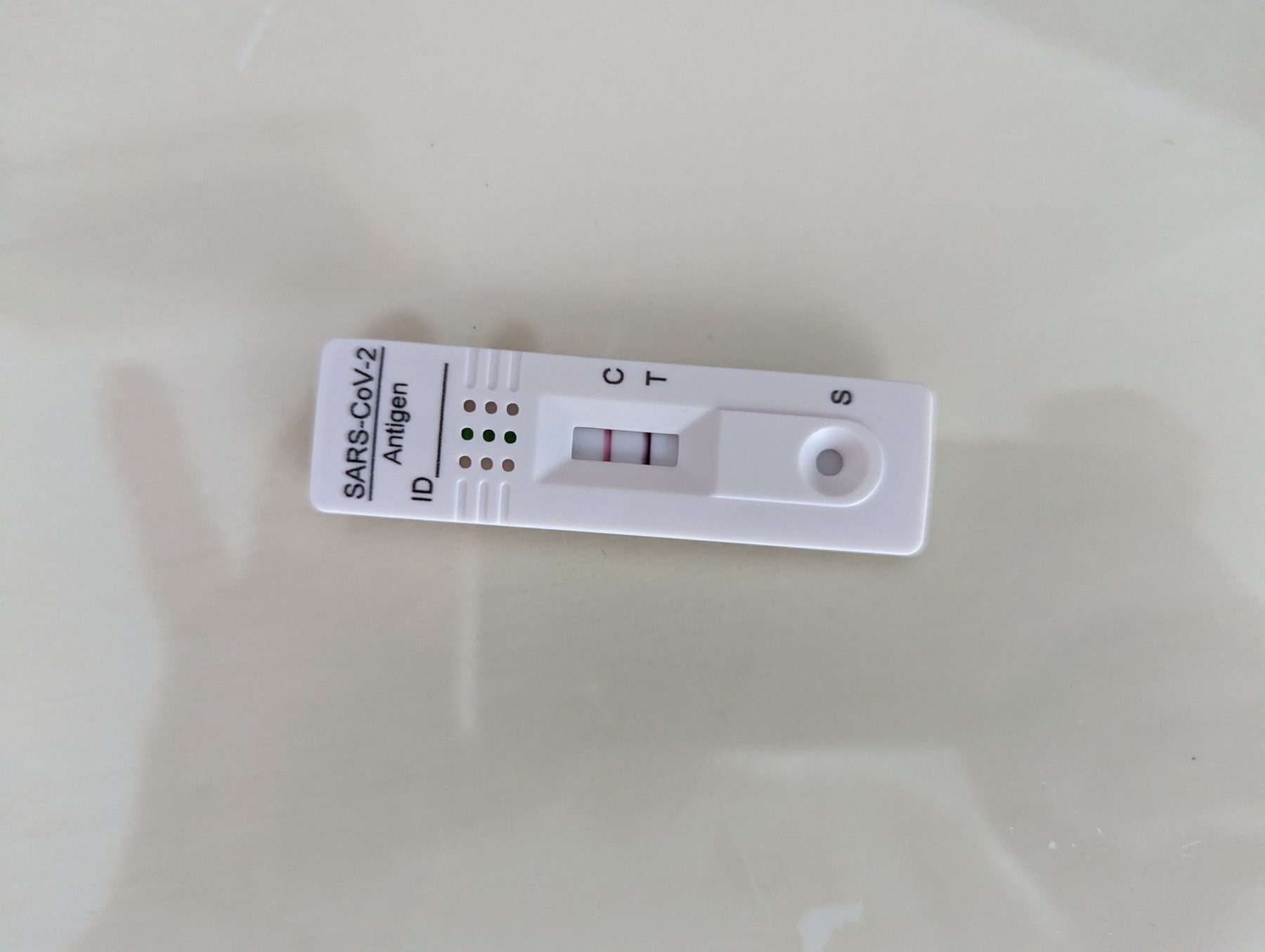-
On The Reddit Strike
Ben Thompson has been writing about the Reddit strike in his daily updates. I like this excerpt from the one he wrote yesterday: Reddit is miffed that Google and OpenAI are taking its data, but Huffman and team didn’t create that data: Reddit’s users did, under the watchful eyes of Reddit’s unpaid mod workforce. In other words, my strong suspicion is that what undergirds everything that is happening this week is widespread angst and irritation that everything that was supposed to be special about the web, particularly the bit where it gives everyone a voice, has turned out to be nothing more than grist to be fought over by millionaires and billionaires. Continue reading →
-
Arrived in Milan. It could just be the trams, but this feels like the closest city to Melbourne that I’ve visited so far. Of course, Melbourne doesn’t have buildings like the Castello Sforzesco.

-
This safe uses a curious choice of font for the keypad. I’d guess they wanted to go with something more interesting than boring Helvetica? But they didn’t go all in with maintaining the allusion, breaking it for the B, which would normally be shown in lower-case on a real seven segment display.

-

Currently reading: The Song of Significance by Seth Godin 📚
-
Genova’s got this fun little lift near where I’m staying. It travels along rails to the end of the corridor, then goes around the bend to a transfer station, where it transitions to a traditional lift that rises to the street level at the top of the hill. Such a unique little thing.


-
Walking part of the Cinque Terre trail today. It was hard work — lots of steep runs of stairs going up and down — but it was great to be able to get out into nature for a bit of a hike.

-
Truthful Travel Talk
It’s time to be honest: I think overseas travel is wasted on me. We were driving down from Antibes to Genova today. It was a nice trip, complete with picturesque towns passing us by as we drove along the motorway. My friend was oohing and ahhing at each one: remaking about how nice it would be to see them, stay in them for a while. He was also remarking on what we would do when we arrived at our destination. Continue reading →
-
Brief stop at Saintes Maries de la Mer today to look for some wild flamingoes. It was just a chance encounter that we found this small flock of them.

-
Paging Alanis Morissette

-
Gare Aix en Provence, and the first railway line in France I’ve seen that is not electrified.

-
Visiting the Dalí Theatre and Museum, in Figueres this afternoon. I’ve seen Dalí work before but I knew nothing about him before this visit. Some really evocative pieces in this collection.

-
I’ve fallen behind on the tech news, but I’ll briefly say that after hearing Ben Thompson talk about Apple’s Vision Pro, it’s made me excited about AR/VR for the first time since… well, ever. I look forward to watching the WWDC sessions about it when I get home.
-
Mercado de La Boqueria, and the location of our Covid-safe celebration lunch for my friend’s recent marriage.

-
Visited Sagrada Família this afternoon. Absolutely stunning cathedral. Photos don’t do it justice, especially from cameras with dirty lenses (sorry for all the lens-flares).

-
I resisted for so long, but today I relented: I installed a Meta app on my phone (Whatsapp, which is probably the better ones of the bunch).
-
We were planning to meet friends for a wedding lunch here in Barcelona tomorrow. It was organised months in advanced, but they had to cancel it because they came down with Covid. Feeling really bad for them. Plans just have a habit of falling apart when you’re travelling.
-
Making this my first photo of Barcelonia: the lift in our hotel has two doors at 90° of each other. First instance of seeing this.

-
Product developers of Android Auto: make it easy for someone to operate the phone as a navigator. Having someone use the phone to type in map searches is easier than using the car’s touchscreen. If you can’t do that, for the love of Pete make it easy to turn off Android Auto!
-
Morning walk along a wooded trail just outside Elorrio. Perfect for recharging my social batteries after last night’s wedding reception.

-
Elorrio, and the day of my friends wedding. It’s been a few years in the making, due to the pandemic, but the day has arrived.

-
It never ceases to amaze me how large the seagulls are in Europe and the UK. So much larger than the ones back home.

-
Now we’re really checking items off my bucket list. TGV from Paris Montpanasse to Hendaye, on the French/Spanish border. Speed topped at 312 km/h on the way to Bordeaux.

-
Did a very broad siteseeing tour of Paris today. Mixture of Metro and walking: we walked 26.17 km. Looked at many of the popular landmarks (not all of them — can’t see Paris in a day), but I think my favourite parts were walking the quieter back streets, away from the crowds.
-
Where Have I Been
List of countries I’ve vistied. Continue reading →
-
A Parisian street, and the last few hundred metres of my journey.
